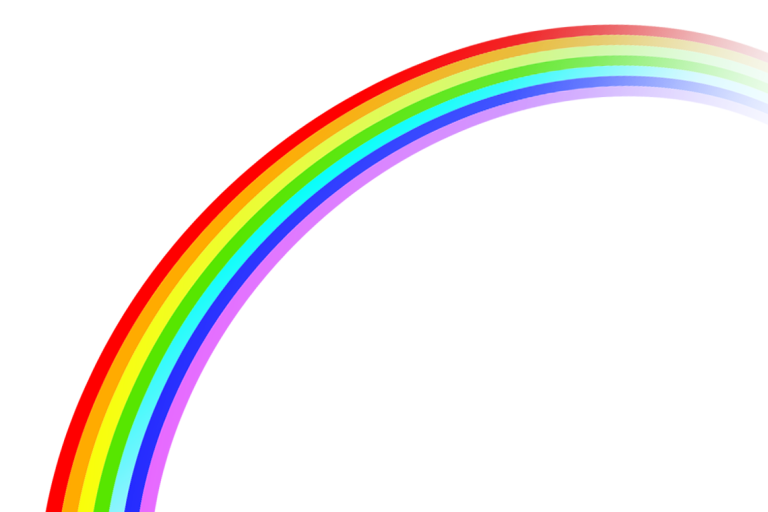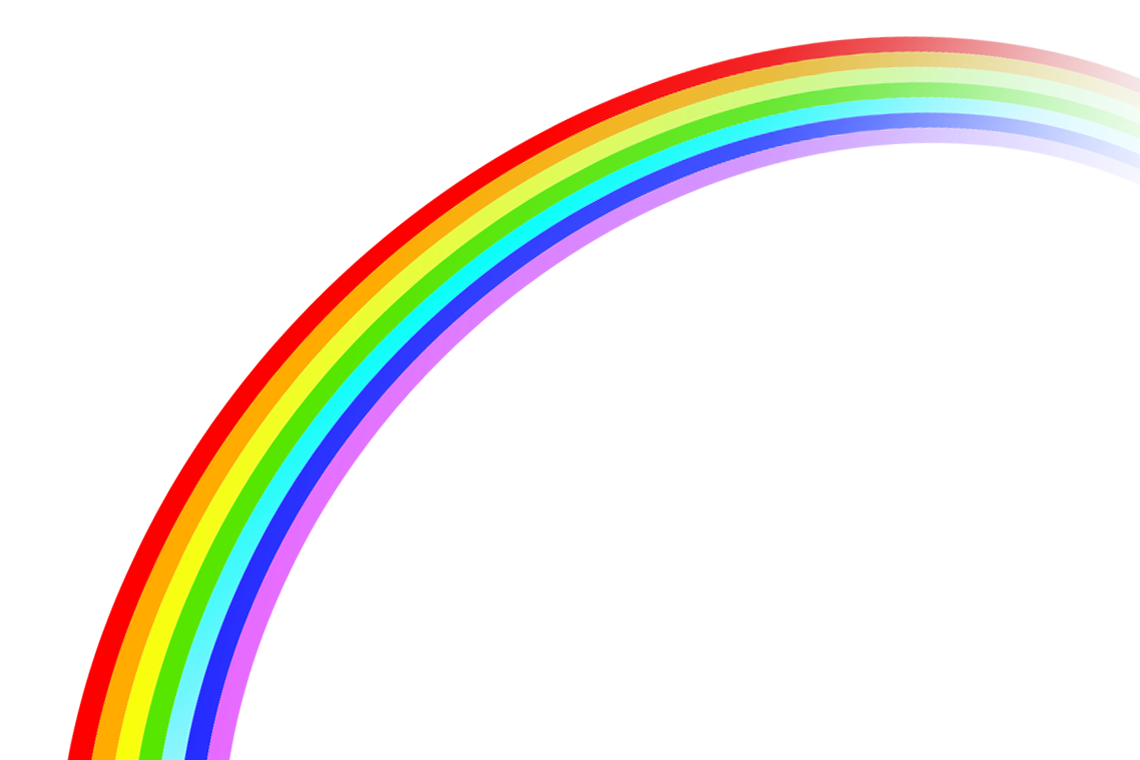The Bible makes reference to the “bow of Hashem” appearing in the skies in the time of Noach, after the Great Flood, “I have placed My bow in the clouds and it will be a symbol of the covenant between Myself and the Earth (Bereshit, 9:13).” This bow represented the covenant that G-d had made with the world; namely, never again to destroy humanity, together with nearly all other living creatures. The sign of the covenant was “placed in the heavens;” it was the rainbow.
 Alternatively, there seems to be no reason not to interpret this as a dimension of new meaning given to the rainbow, which had always existed. Its spectrum of color was not a new phenomenon. It showed the behavior of light when dispersed by the medium of water vapor into its component colors, which was part of Natural Law from the time of the Six Days of Creation.
Alternatively, there seems to be no reason not to interpret this as a dimension of new meaning given to the rainbow, which had always existed. Its spectrum of color was not a new phenomenon. It showed the behavior of light when dispersed by the medium of water vapor into its component colors, which was part of Natural Law from the time of the Six Days of Creation.
Its association with this particular covenant may be understood as due to the similarity of a ray of light to an arrow, and its separation into its colors corresponding to the conversion of the arrow from a weapon of war to an instrument of peace. As the pasuk says in Yeshayahu, describing the destruction of all weaponry in the Messianic future, and its conversion into peaceful agricultural and technological uses, “They will beat their swords into plowshares, and their spears into pruning hooks.”
Yet, paradoxically, there is a Midrash which says that when a rainbow is seen in the sky, despite its great beauty, it is not necessarily a good sign. Why not, one might ask, “Isn’t a thing of beauty a joy forever?” The reason is that the appearance of the rainbow means that the idea of inflicting drastic punishment upon the world had “come into the Mind,” so to speak, of G-d, and it was only when He “looked” at the sign of His covenant that He relented.
Which generation is fortunate?
That generation, according to this Midrash, in whose skies a rainbow is never seen, is fortunate. Because that is a sign that because of the righteous people in the generation, it never occurred to G-d to destroy the world again! And when was there such a generation? One example is the generation of Rabbi Shimon Bar Yochai.
But perhaps it is only the moral lesson concerning the vital importance of righteous people in the world, that this Midrash is trying to teach us. Because it is very difficult to say that such a beautiful phenomenon of nature, clearly the creation of the “Tzayar HaOlamim,” the “Artist of the Universe,” could have an essentially negative nature. For, indeed, the beauty of the rainbow is of a transcendent nature, like the beauty of the sea and the sky, of the trees and of the flowers.

